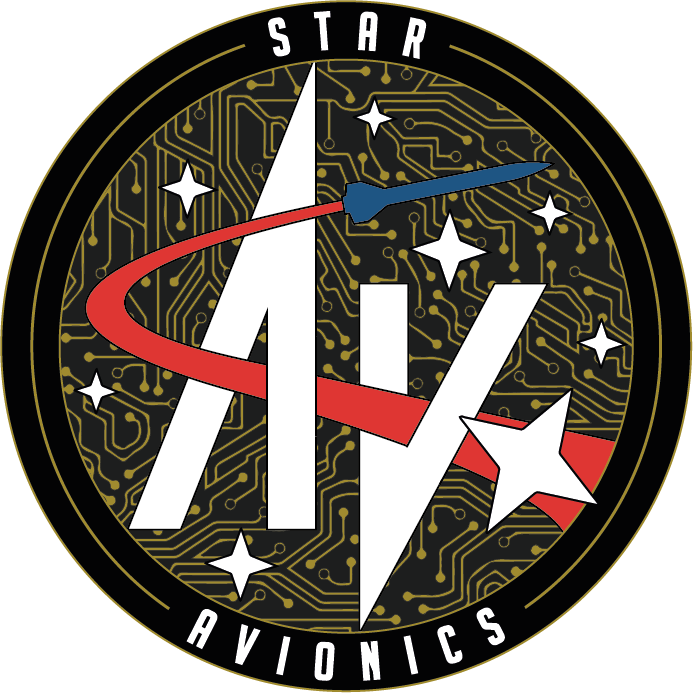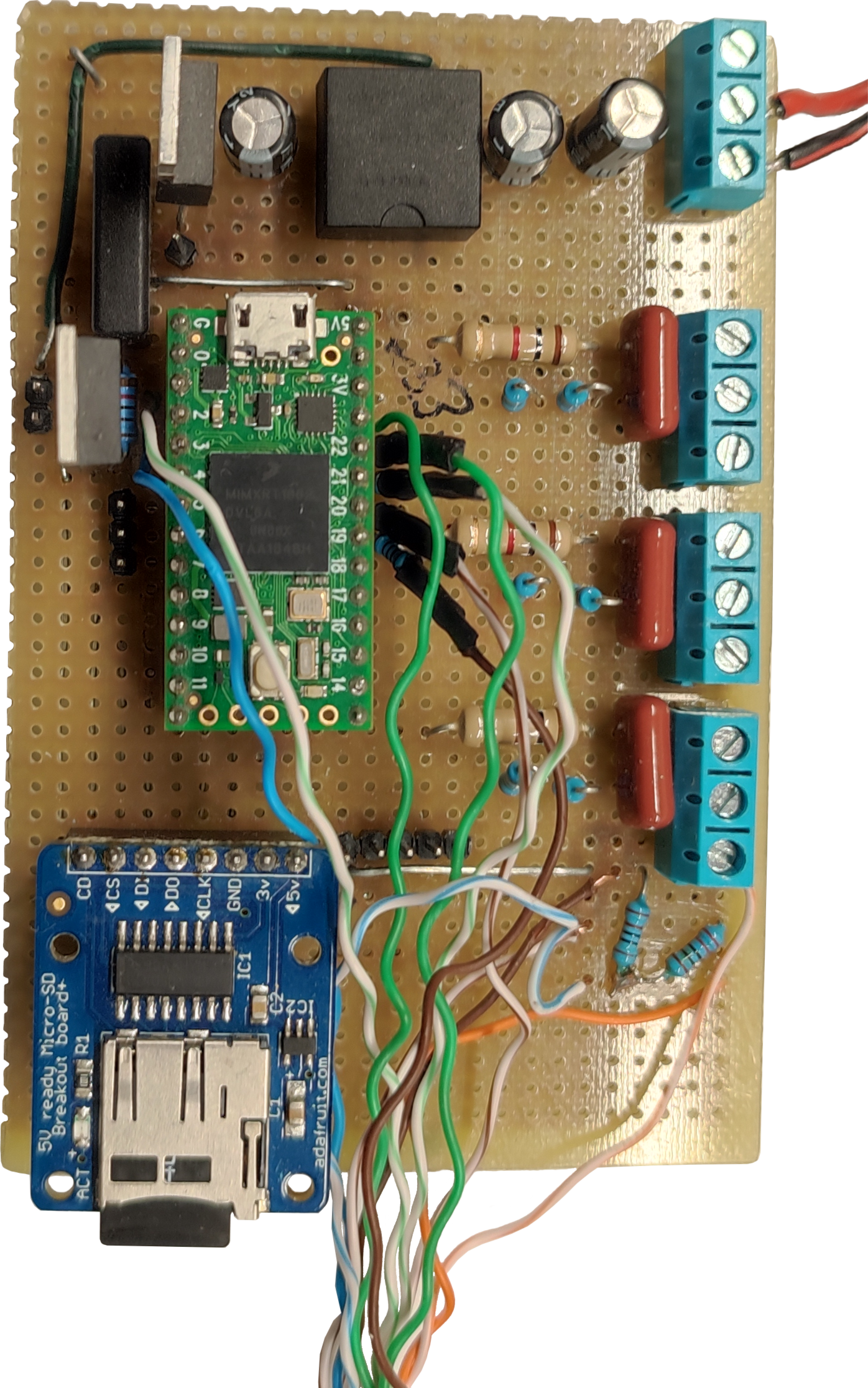This was the third version of our flight computer for Astrea-C, our next vehicle after Rattlesnake. In this design we focused on improving the quality of the final electronics using manufactured boards or PCBs, and creating our own circuits to control sensors. We also improved the design of the pyrotechnic channels, including a RBF (Remove Before Flight) switch to arm the pyrotechnic channels just before flight. In this computer we also implemented a ground physical connection that is disconnected during the launch to be able to review and configure the rocket just before flight, and a telemetry system.
Status: Active
Intended uses: Recovery, telemetry and data gathering
Control units: Teensy 4.0
Main sensors: 3-axis Gyroscope, 3-Axis Accelerometer, GNSS system, Altimeter (VN 200)
Secondary sensors: 3-Axis Magnetometer, Internal Temperature, High range acceleration sensors
Power: Powered by 2S-4S Li-Ion cell pack with a two-stage power supply
Control: 3 independent pyrotechnic channels with RBF protection


